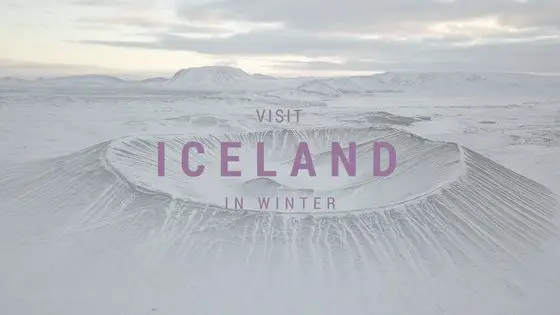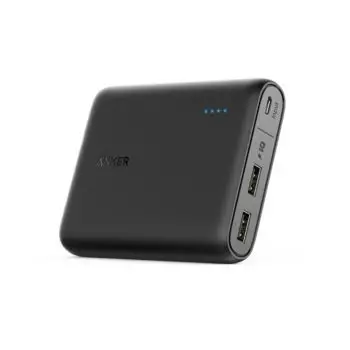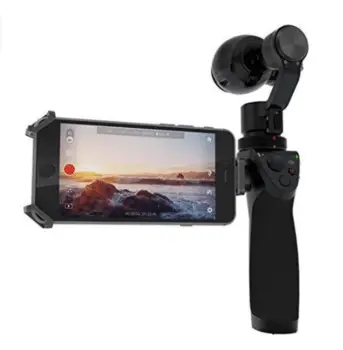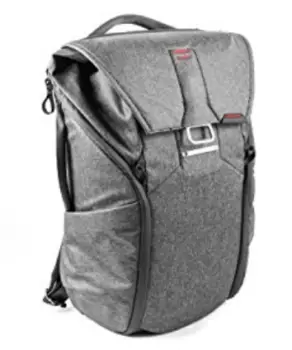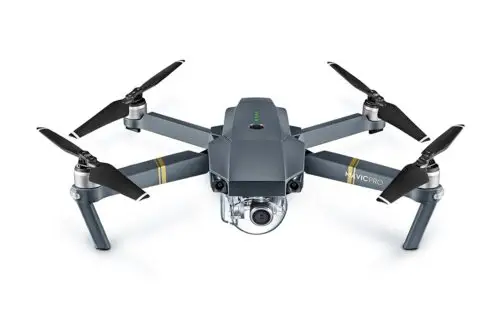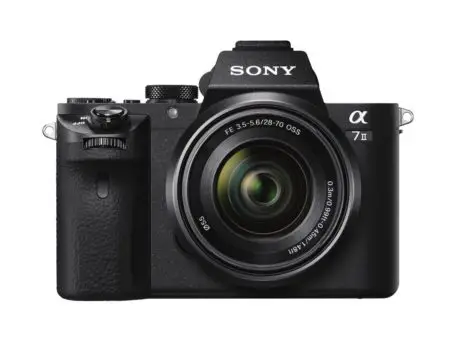Iceland’s most popular months are in the summer. The sun is out, the landscape is green and it is a very pleasant time of year to visit. However, this also means bus loads of tourists are crowding the most famous sites along with high season prices. Iceland is truly a year round destination and the winter months are beautiful. With a little extra planning you might even find yourself appreciating winter in Iceland even more than the summer. I loved visiting Iceland in the winter and here is what you can expect.
Iceland Weather in the Winter
The weather is unpredictable in Iceland during the winter but it is not as brutal as you might think. In December temperatures in Iceland range from -2°C to 4°C (28°F to 39°F). Also, it can be very windy so be sure to layer up. With around 4-5 hours of daylight in the heart of winter the sun really never rises in the sky but it creates amazing light when it’s shining. And the long nights offer the perfect time to catch the northern lights.
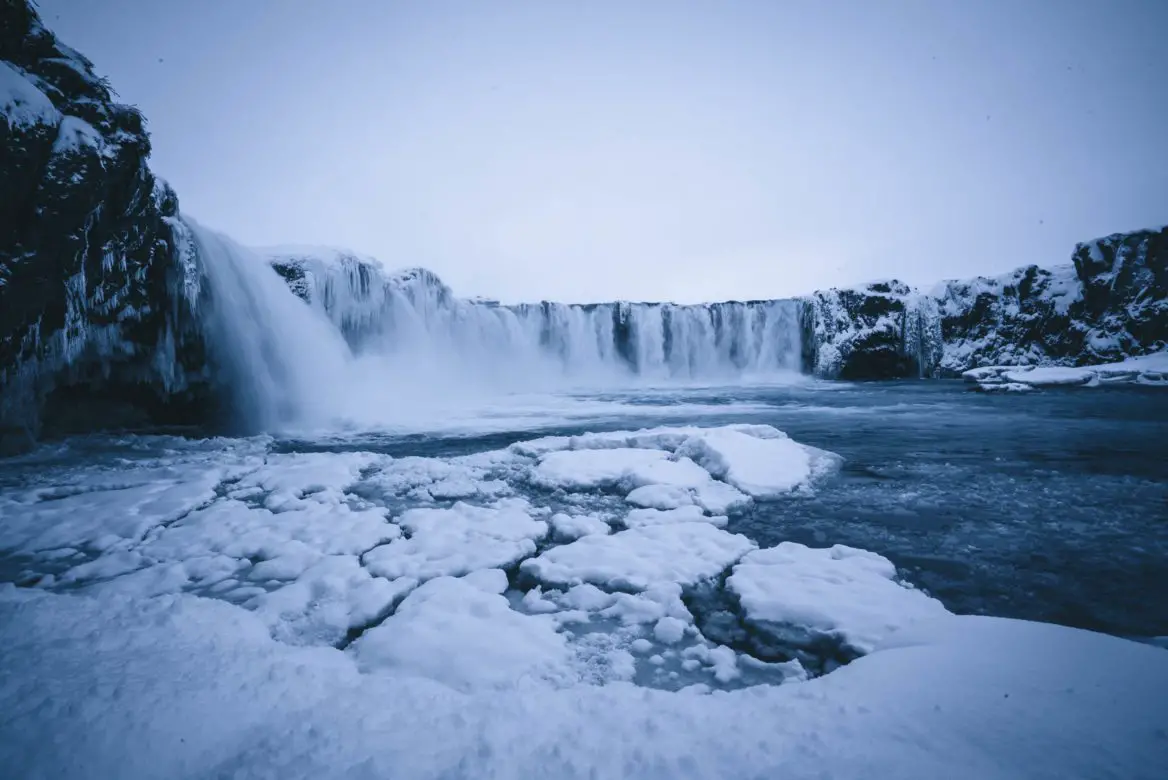
The Lighting is Perfect
There isn’t much daylight in Iceland in the winter but when the sun comes out it creates perfect light for photos. In December the sun will peak over the horizon and seem to never truly rise before setting again a few hours later. You can use these daylight hours to continue your road trip around the ring road or scout locations for shooting the northern lights in the evening.
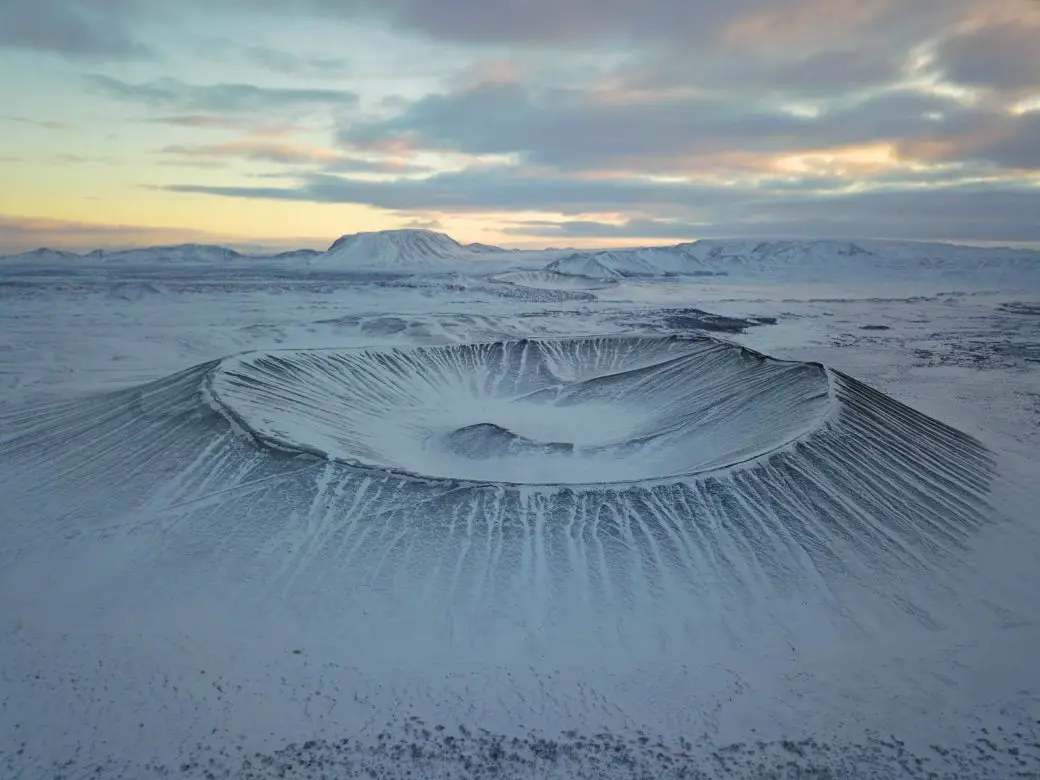
Surfing in Iceland
Surfing in Iceland is unlike any other place on the planet. There is a group of dedicated surfers in Iceland that run the Arctic Surfers. If you love surfing or just want to see what arctic surfing is all about get in touch with them before your trip to Iceland.
Check out: Surfing in Iceland: Arctic Surfers in Photos
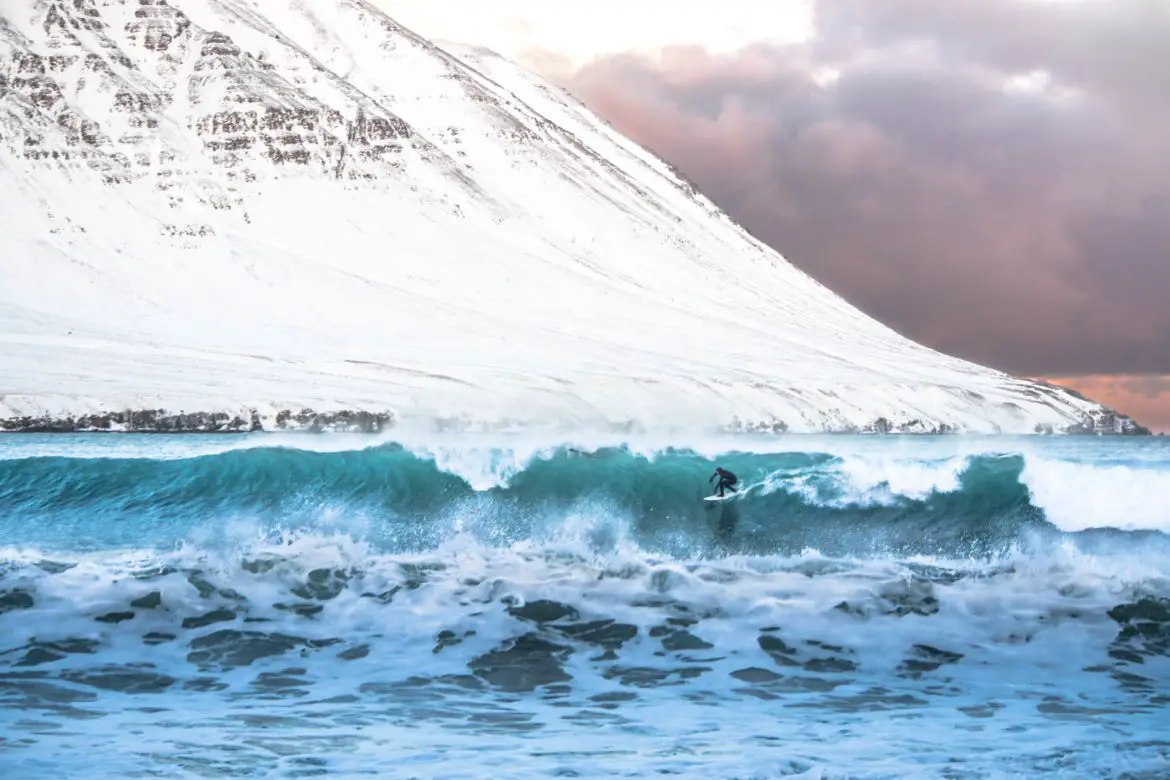
Photo by Rich Brooks Photography
Beautiful Waterfalls
The waterfalls of Iceland are some of the most spectacular in the world. In the spring and summer they attract people from all over the world. The good news is there are less people visiting in the winter and you’ll have some of these locations to yourself during the day. Godafoss waterfall is beautiful in the spring but when covered in snow it creates an amazing contrast with the rushing water.
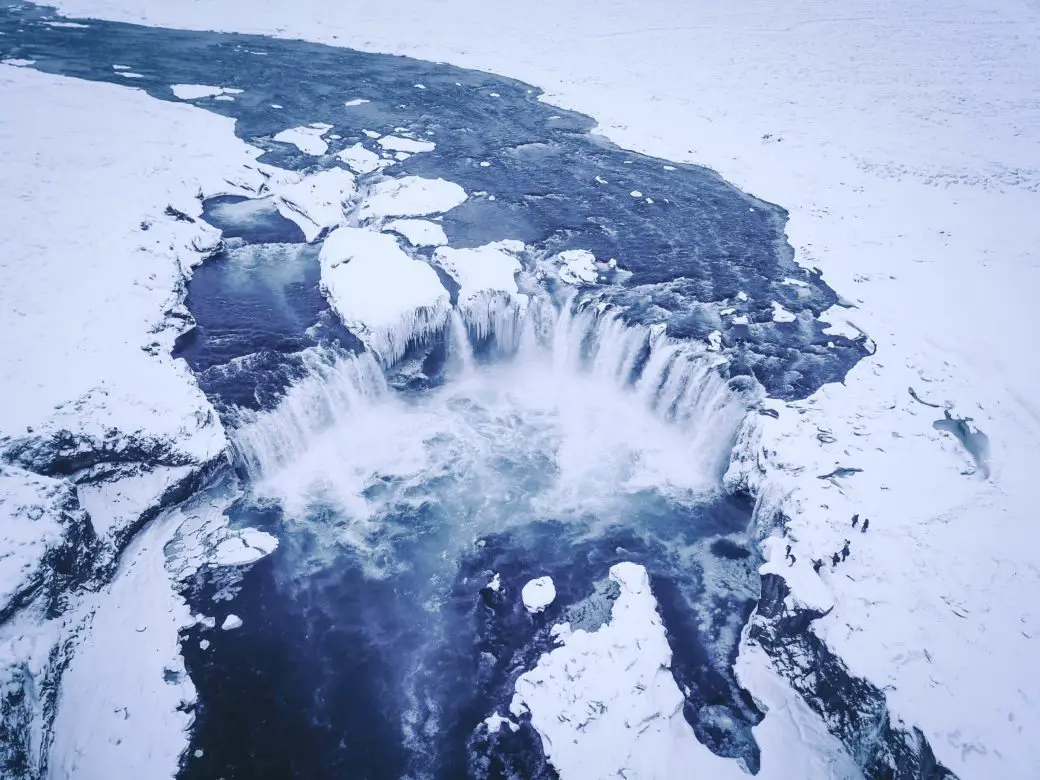
The Northern Lights
One of the biggest reasons people visit Iceland is to see the northern lights. The best months to see the northern lights are from September to April. The key to seeing the lights at night is complete darkness. In December, the heart of winter, there is complete darkness and a great opportunity to see the northern lights. There is no guarantee to see the northern lights but if you travel to Iceland in the winter there is a very good chance.
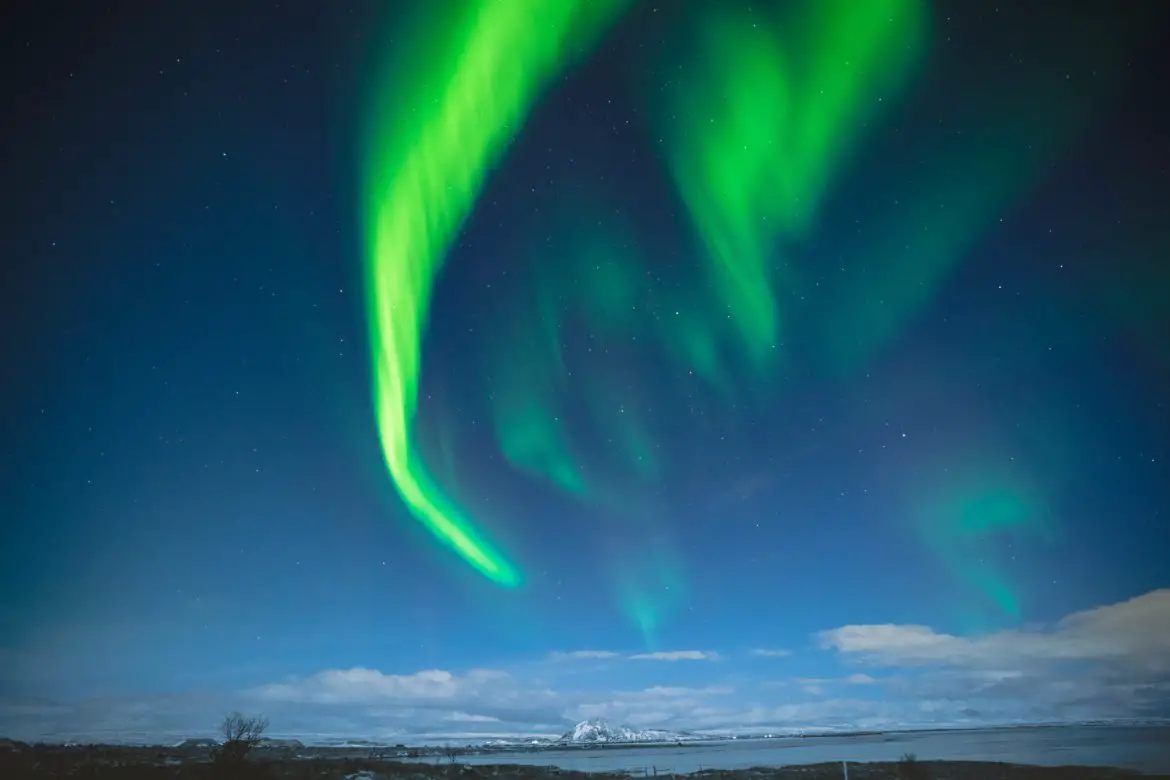
Less People and the Prices are Lower
Many people see the Iceland as a freezing country of darkness in the winter. It is true there are less hours of daylight and it is cold but no colder than many countries people already call home in the winter months. These factors keep the tourists away and drive prices down, which is very good for you. If you want to experience some of Iceland’s most famous sights without the crowds the winter is a wonderful option.
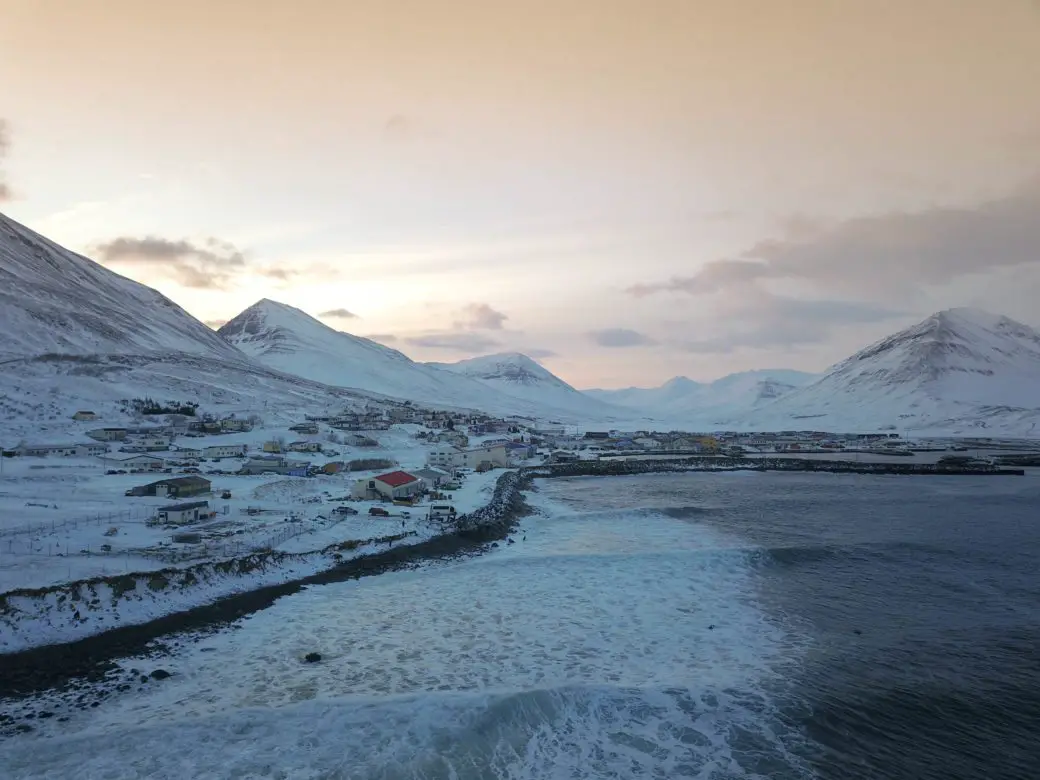
In the Winter Iceland is a Wonderland
Simply put Iceland is a winter wonderland. The weather is unpredictable but the snow blankets the country in a beauty that creates a stunning contrast from the coast to the waterfalls. Don’t let the darkness of cold deter you from visiting Iceland in the winter. You will have the adventure of a lifetime and likely come home with some amazing photos.
More from Iceland
Iceland Winter Packing List | Surfing in Iceland: Arctic Surfers in Photos


